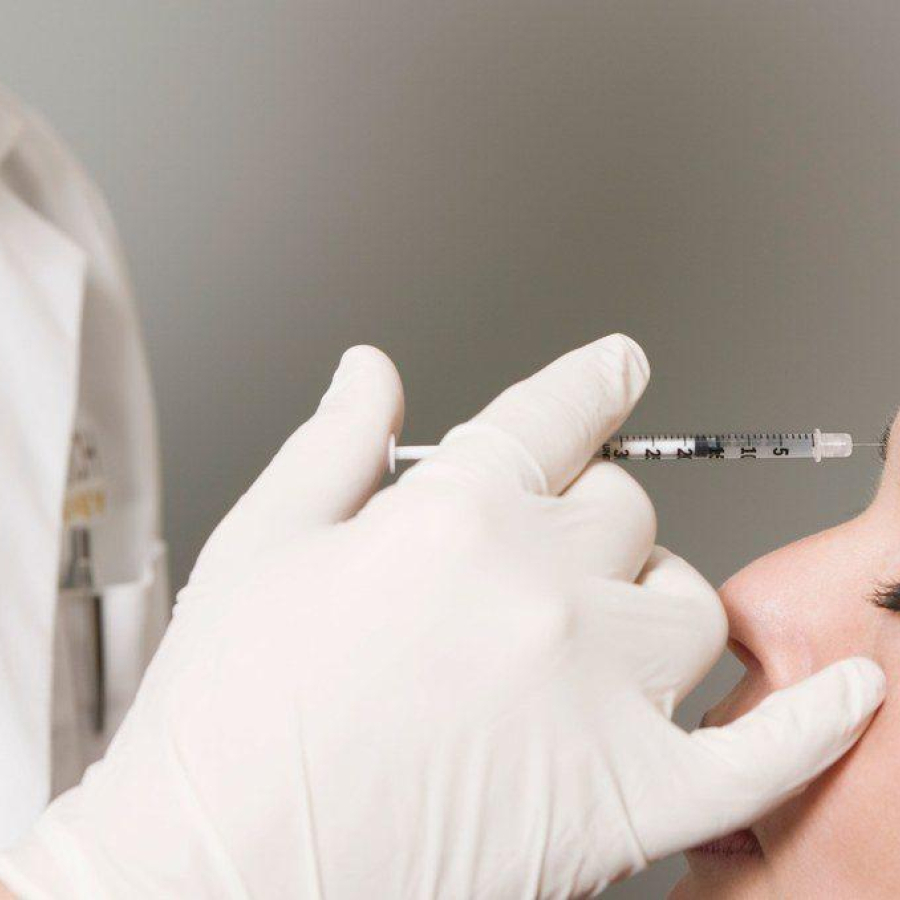
Legal
Second California Law That Affects MSOs Passes
California has now passed two laws that will have an effect on how investors, health care entities and management services ...

Show your committment to patient safety, legal compliance and community over competition.
AmSpa members receive preferred pricing on all AmSpa live and virtual trainings.
Get the latest news and information about safe, legal practice in medical aesthetics directly in your inbox.
Get access to med spa laws, in-person and online training and more!
Posted By Madilyn Moeller, Wednesday, October 13, 2021

By Madilyn Moeller, Editorial Assistant, American Med Spa Association
Note of Clarification (By Patrick O'Brien, Legal Coordinator, American Med Spa Association): In the below article, we state that medical-grade microneedling, with some exceptions, is not within the scope of practice for aestheticians in most states. We also note that often the aesthetician may be able to perform the treatment under the supervision of a physician as a medical assistant. While this is a very common practice in medical spas, this distinction is often overlooked. While the person who holds a license as an aesthetician can often perform medical treatments under a physician, it is the physician's license that is being used and not the aesthetician's.
You may be thinking this is six of one, half-dozen of the other. However, the distinction matters, since as a licensed professional, whatever that license may be, you have a duty to not practice outside your legal scope of practice or to represent that you are licensed to do something you are not. This can be seen as misleading the public and create disciplinary issues both with your licensing board and, potentially, the medical board. Therefore, when aestheticians are acting under physician delegation it is prudent to highlight that they are acting as a medical assistant. This could involve changes in name tag, uniform or practice room. (Please see this article where we discuss this.)
Please also note that there are a few states that expressly authorize aestheticians to work under a physician in their rules and regulations. In addition, as we mentioned below, some master and advanced practice licensees are able to microneedle on their own. Therefore, it is very important to understand your state's practice rules to avoid potential issues with the Board. AmSpa Members can refer to their state legal summaries for additional information.
In a recent article, the FDA makes the distinction between microneedling products and devices. A microneedling product that "does not have longer needles or sharp needles that penetrate the skin and claims only to facilitate exfoliation of the skin or
improve the appearance of the skin" is not considered a medical device and would not be regulated by the FDA.
Examples include dermal rollers.

Microneedling devices which are regulated by the FDA tend to be motorized and penetrate the skin to affect the underlying tissue. Often, they may be paired with additional energy modalities, though those are outside the scope of this article. They are
currently approved for use to improve the appearance of facial acne scars, facial wrinkles, and abdominal scars in
patients 22 years and older.
Since microneedling devices can reach nerves, blood vessels and other parts of living tissue, it will be considered the practice of medicine in most states. Although each state has their own definition of the practice of medicine they generally include
procedures which are intended to change the structure or function of living tissue and Microneedling certainly meets this definition.
In Illinois, for example, physicians, physician assistants, nurse practitioners, registered nurses licensed practical nurses, and medical assistant can perform microneedling procedures with documented training in the procedure. Registered nurses, licensed
practical nurses, and medical assistant may only perform the treatments pursuant to a patient examination and treatment order from a licensed prescriber such as a physician or nurse practitioner who provides either onsite supervision or is readily
available to respond by telephone or other means.
Importantly, aestheticians may not perform medical microneedling in most states. Their license does not usually permit them to perform medical treatments or to pierce the skin. In some states, however, they may be able to perform the procedures when serving
as a unlicensed medical assistant under the supervision and delegation of a physician. And several states may permit advanced practice or master aestheticians to perform microneedling as part of their expanded scope of practice.
Instead, aestheticians and unlicensed people may be able to use "microneedling" products that do not penetrate the skin and are intended to exfoliate as discussed above. However, these products and treatments are fundamentally different from microneedling
as used in the medical spa setting, where the treatment results depend on the micro wound channels created by the needles. Anyone seeking to employ the non-medical microneedling devices should take great caution in what benefits of the procedure they
advertise or discuss with their customers. This is, of course, in addition to checking that these treatments are allowed by their scope of practice laws. Additionally, if the primary benefit for this non-medical microneedling is exfoliation, there
are a number of alternative treatments and devices that may provide better results.
The new FDA guidance reinforces the guidance from most state nursing or medical boards. It also helps to clarify that it is the act of piercing the skin that makes the devices Class II medical devices and not simply needle length. With this in mind,
you can make informed decisions about which procedures you choose to offer in your medical spa.

For state-by-state legal guidance, refer to your med spa legal summary. AmSpa Plus Members have the treatment delegation table for easy reference for which providers can treat with medical microneedling devices. Become a Member today to take advantage of these and other benefits that can help your medical spa remain compliant.
Related Tags
Medical spa news, blogs and updates sent directly to your inbox.

Legal
California has now passed two laws that will have an effect on how investors, health care entities and management services ...

Legal
A newly passed law in California will prohibit certain contractual provisions between medical and dental practices and private equity groups ...

Legal
By Patrick O'Brien, General Counsel, American Med Spa Association (AmSpa)The September bulletin from the Texas Medical Board (TMB) helps to ...

Legal
By Patrick O’Brien, General Counsel, American Med Spa AssociationOn September 23, 2025, the Alabama Board of Medical Examiners (BME) issued ...